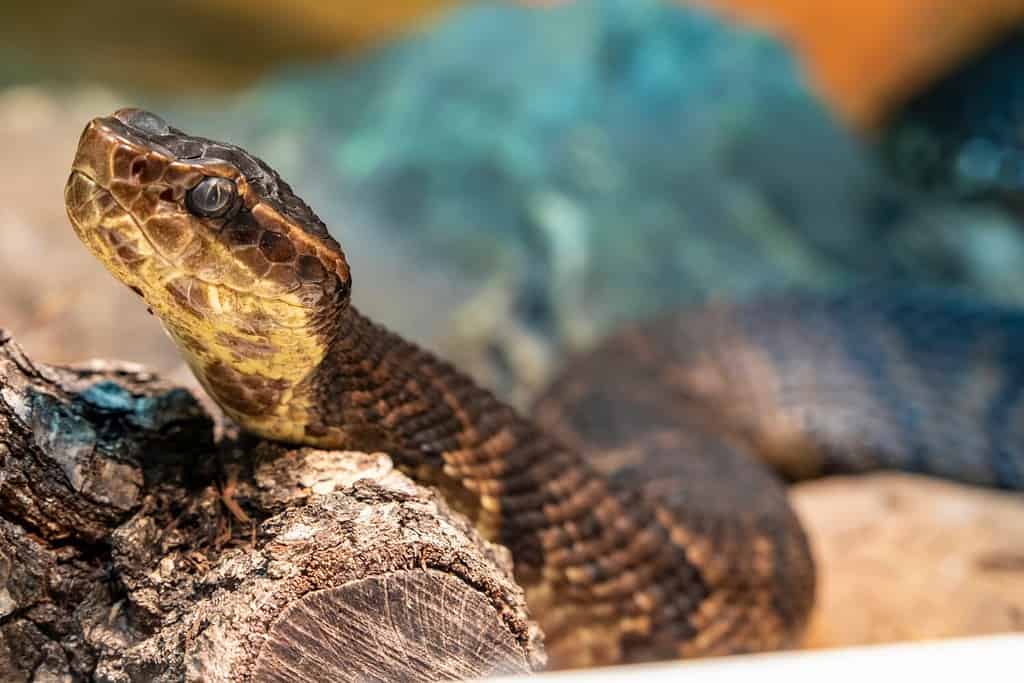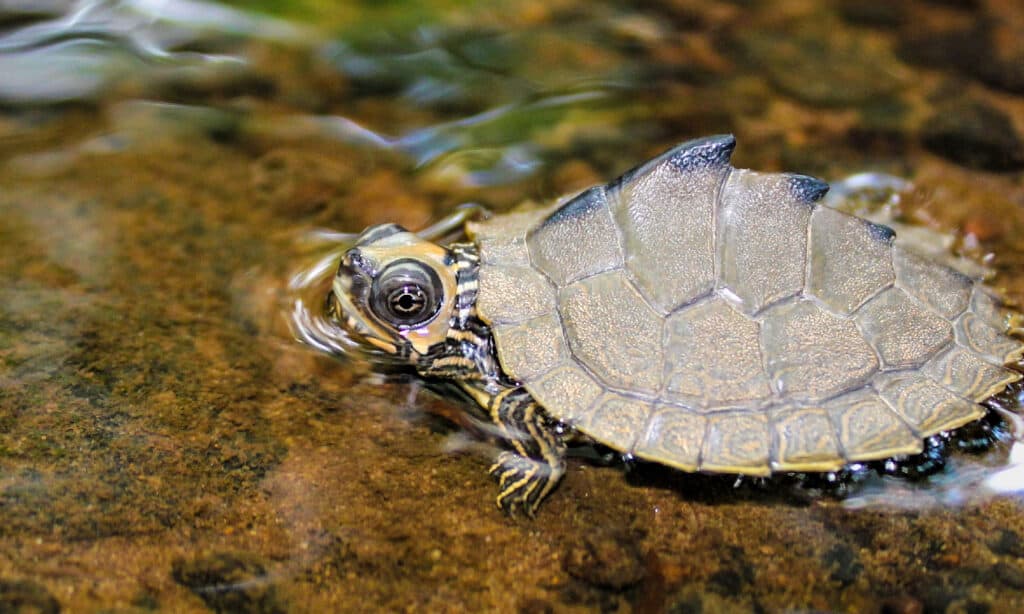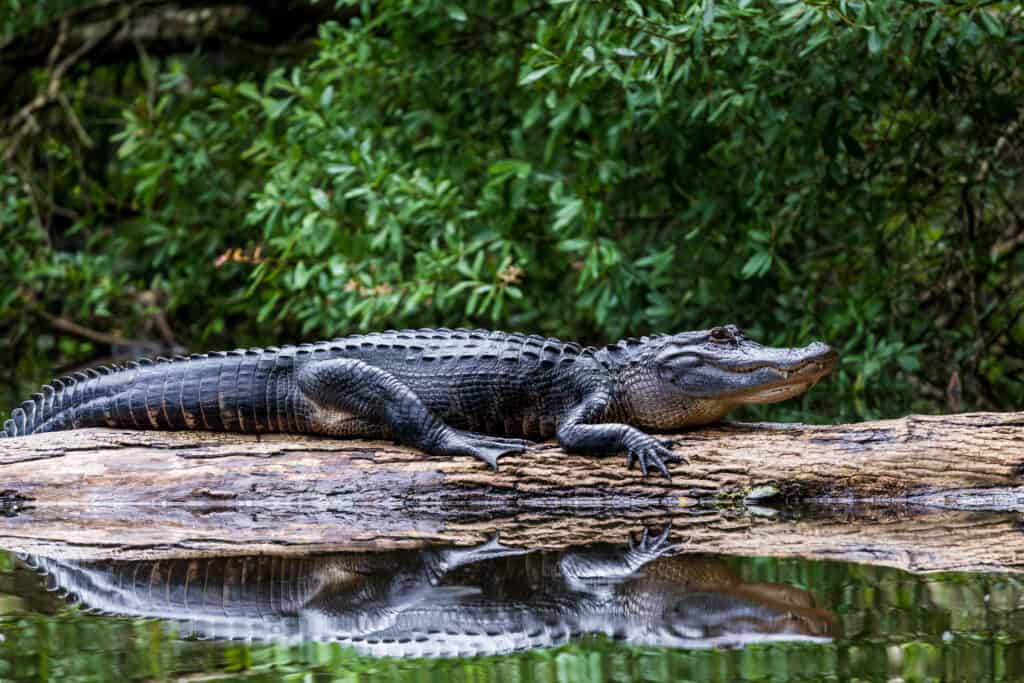Planning a trip to the Alabama River? If so, you may be wondering what lives in and around this body of water and if it’s safe to swim in. In this guide, we’ll take a look at the geography and climate of this river, any pollution threats, what’s in the Alabama River, and how safe it is to take a dip in this waterway.
Read on to learn more!
Overview of the Alabama River
Located in southern Alabama, the Alabama River is formed at the confluence of the Coosa and Tallapoosa Rivers about 7 miles northeast of the city of Montgomery. From the headwaters, this river flows southwest for 305 miles before meeting the Mobile River near the mouth of the Gulf of Mexico. The width of this river ranges from 50 to 200 yards across and varies from a depth of 3 to 40 feet.
Climate and Geography
The dominant climate of the Alabama River region is warm-temperate and humid. This river does not freeze in the river and maintains a warm, pleasant temperature during the warm months. The lands bordering the Alabama River are typically lowland to slightly rolling with pine, hardwood, and mixed forests present. The flow of the river is meandering and gentle, making the river a popular spot for relaxed swimming, tubing, and canoeing activities.

The Alabama River is a gentle, winding waterway bordered primarily by lowland forests.
©DXR / CC BY-SA 4.0 – License
What’s in the Alabama River: Pollution Threats
The conservation group cites the Coosa River, a tributary of the Alabama River, as the 5th most polluted river in the U.S. This is due to the impact of dams, industrial poultry waste, and sewage overflow pollution. The Mobile River, which the Alabama River directly flows into, is listed as the 3rd most polluted in all of the United States in part due to toxic coal ash pollution. The industrial pollution found in the Coosa River can travel downstream directly in the waters of the Alabama River.
A 2022 report by a federation of environmental groups, Environment America, stated that more cancer-causing chemicals were released into the waters of South Carolina, Texas, and Alabama than in any other state in 2020. The industries that released the most cancer-causing toxins were paper and pulp mills. The lower Alabama River is potentially affected by the presence of one such paper and pulp mill named Alabama River Cellulose which operates off the banks of this waterway.
What Animals Live in and Around the Alabama River?
For aquatic, semi-aquatic, and terrestrial animals, the Alabama River provides a source of fresh water, habitat, and food opportunities. This environmentally threatened waterway is also home to some endangered species in critical need of our protection. It’s also home to some animals that we humans should be cautious around and treat with the utmost respect. We’ll take a look at some of these amazing animals below.
The Alabama Sturgeon (Scaphirhyncus suttkusi)
A slender, highly endangered species with a restricted range in Alabama waterways, the Alabama sturgeon (Scaphirhyncus suttkusi) is a bottom feeder inhabiting the lower portion of the Alabama River.
This animal is one of the rarest and most endangered fish in the country. Sadly, it may be close to reaching the no-return point of extinction. Tragically, no individuals have been seen since 2007. This is primarily due to the construction of hydroelectric dams that have plummeted their reproductive success. Novel DNA monitoring in the river does confirm that the species still exists in tiny numbers despite the monumental odds stacked against it.
The Alabama sturgeon features a copper-red body, elongated snout, and one small dorsal fin located near the caudal fin. This species is the smallest of all river sturgeons, reaching a maximum size of just under three feet.

The Alabama Sturgeon is critically endangered with the last individual spotted by biologists in 2008.
© – License
What’s in the Alabama River: Northern Cottonmouth (Agkistrodon piscivorus)
A semi-aquatic and venomous species of snake endemic to the southeast of the U.S., the northern cottonmouth (Agkistrodon piscivorus), is one of about 13 snake species that can be found along the banks and in the waters of the Alabama River. This snake, also known as a water moccasin, mainly occurs in swamps, wetlands, drainage, coastal plains, and river habitats.
The northern cottonmouth features a dark tan, brown, or almost black body with grey-black or dark brown crossbanding. The head is thick, triangular-shaped, and broader than the neck. The top of the head is typically dark brown or black. From the snout, through the eye, and toward the neck is a wide dark brown band bordered by a thin white stripe. The snake receives its common name due to the white coloration of its mouth. This snake can typically reach 30-48 inches long.
When hiking and recreating along the banks of the river, it’s best to avoid walking through tall grass or wood piles. Instead, be mindful of where you’re stepping. Most bites in the wild result from accidentally stepping on or far too close to a snake.

The northern cottonmouth is a semi-aquatic venomous snake inhabiting the waters and banks of the Alabama River
©Danny Ye/Shutterstock.com
Alabama Map Turtle (Graptemys pulchra)
Notable for its unique shell, the Alabama map turtle (Graptemys pulchra) is a medium-sized aquatic reptile that inhabits all parts of the Alabama River. These turtles, and other species in the Graptemys genus, are easily distinguished by the dorsal keel (or ridge) that runs down the middle of their shell. This keel often forms spines, making the turtle even more unique-looking. Sometimes, people refer to them as sawback turtles because of the spiny keel that defines their shells. Oftentimes, the saw-like ridge is much more pronounced when the turtle is young.
Adult males usually measure 3.5-5 inches long while females can reach 5.5-11.5 inches from tail to snout. The shell is olive-brown with subtle orange, yellow, and green markings. The juveniles of this species are omnivorous, feeding on insects, aquatic snails, and aquatic plants like duckweed. The adults tend to be primarily carnivorous, feeding on mollusks, insects, and fish.

The Alabama map turtle features a uniquely ridged shell that is especially prominent in juveniles.
©iStock.com/Tucker Heptinstall
What’s in the Alabama River: American Alligator (Alligator mississippiensis)
The American alligator (Alligator mississippiensis) is widespread throughout southern Alabama, with a population of about 70,000 in the state. Increasingly, they are also traveling to the northern part of the state, likely due to industrial civilization-caused climate change. They occur in coastal marshes, lakes, ponds, swamps, and rivers, including the Alabama River.
Adults tend to grow from 6-16 feet in length. They reach maturity at 10-12 years old. Recently, for mere sport, a hunter took the life of an enormous 15-foot and 9-inch long, 1,011.5-pound alligator from the waters of the Alabama River. These amazing animals can live up to 50 years when allowed to grow large and thrive in their aquatic environments.
The diet of juveniles includes insects, amphibians, small fish, and mollusks. Adult American alligators have a wide-ranging diet including fish, mammals, birds, turtles, snakes, and amphibians.

About 70,000 American alligators are inhabiting primarily southern Alabama, including the Alabama River.
©iStock.com/Joe Pearl Photography
Is it Safe to Swim in the Alabama River?
If you choose to swim in the Alabama River, there are a few hazards to be mindful of. The river is impacted by industrial pollution and may pose a health hazard for swimmers- you certainly wouldn’t want to drink or accidentally swallow the water. After pollution, the other main risks for competent swimmers include venomous snakes and alligators.
You can greatly minimize your risk of a snake bite by being mindful of where you walk. Never attempt to move, kill, or otherwise interact with a venomous snake. Respecting their space and avoiding walking in tall grass and around wood and rock piles is your best bet. Since the northern cottonmouth can swim along the top of the water, it’s best to avoid areas in the Alabama River with dense aquatic vegetation and logs that could serve as good habitat for this semi-aquatic snake.
To greatly reduce the risk of an alligator bite, avoid swimming in the Alabama River at dusk, during the night, or at dawn. Avoid swimming in areas known to have alligators over 4 feet in length. Choose swimming spots where the water is clear. If you see an alligator in the area, don’t attempt to approach, feed, or otherwise interact with it. Instead, keep a respectful distance. For context, there have only been 5 recorded alligator bites in Alabama, none of which were fatal.
The photo featured at the top of this post is © Rivers Langley; SaveRivers / CC BY-SA 3.0 – License / Original
Thank you for reading! Have some feedback for us? Contact the AZ Animals editorial team.






